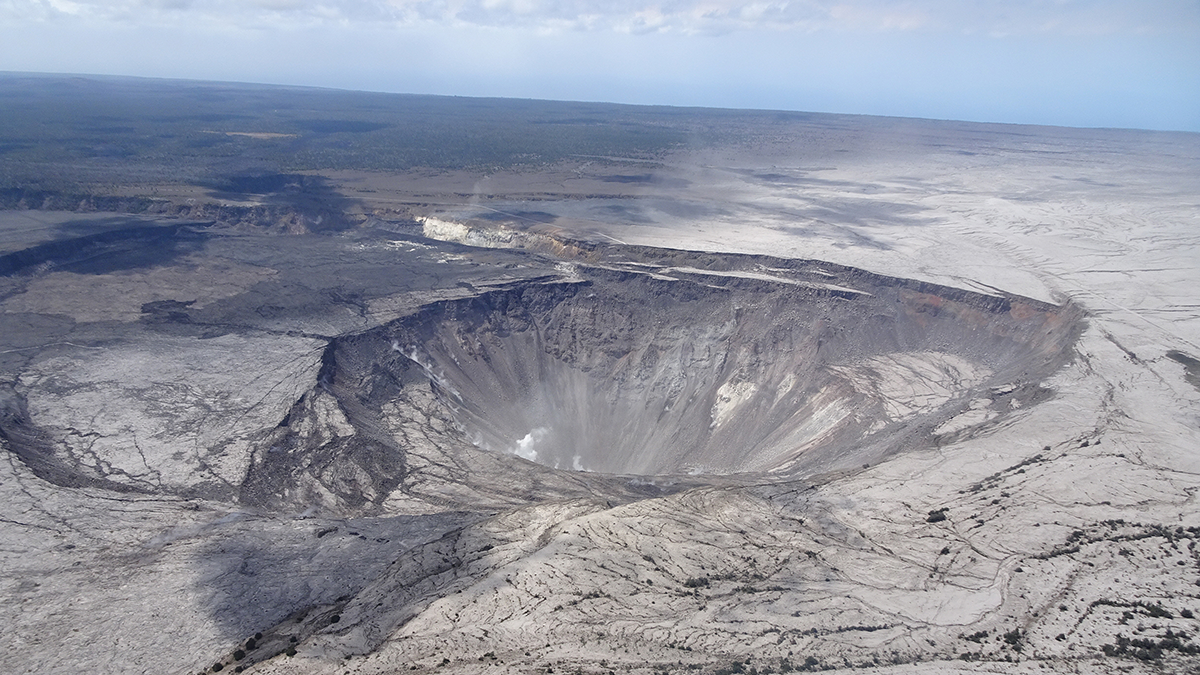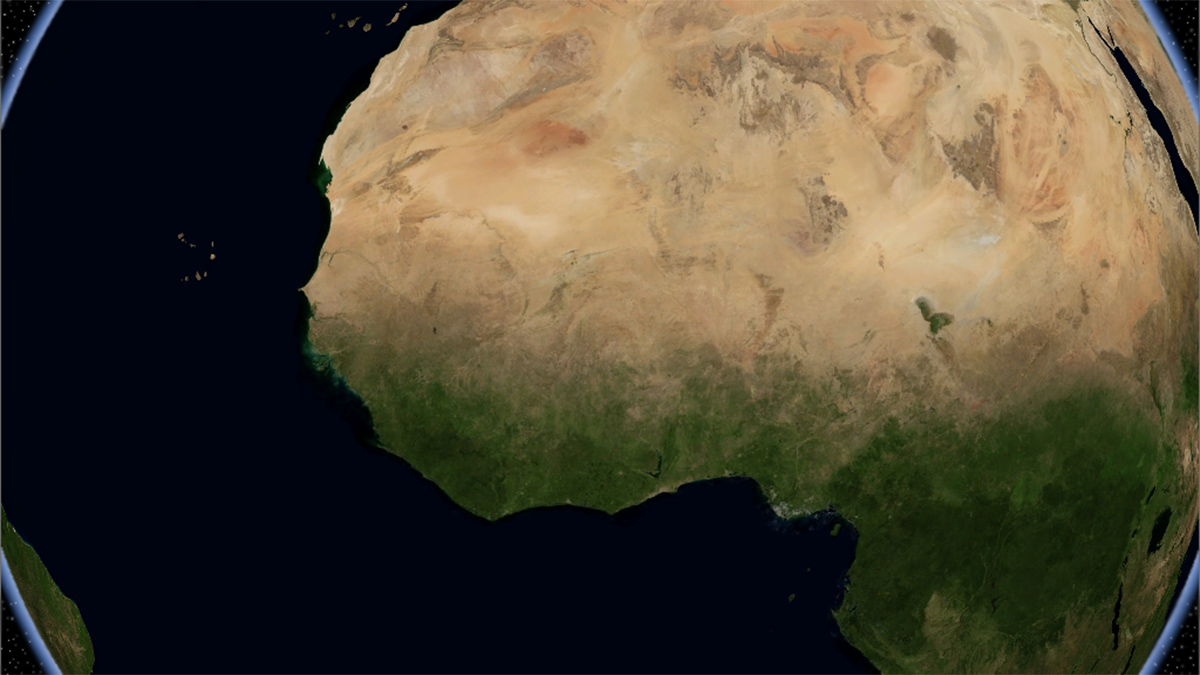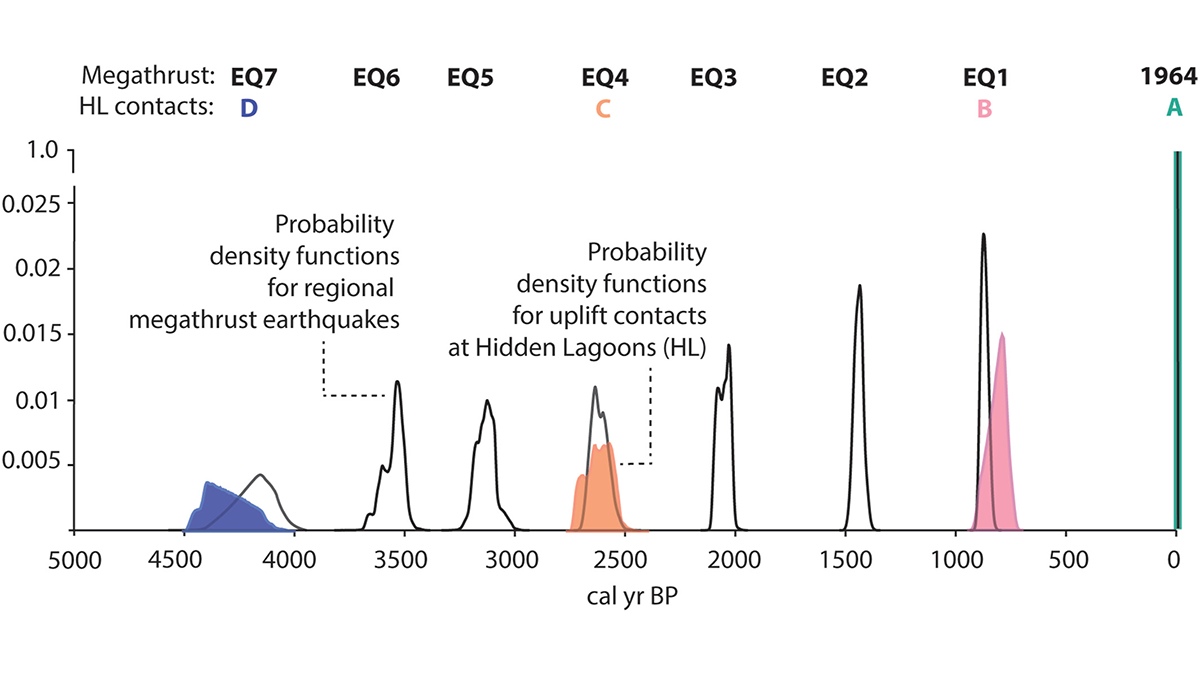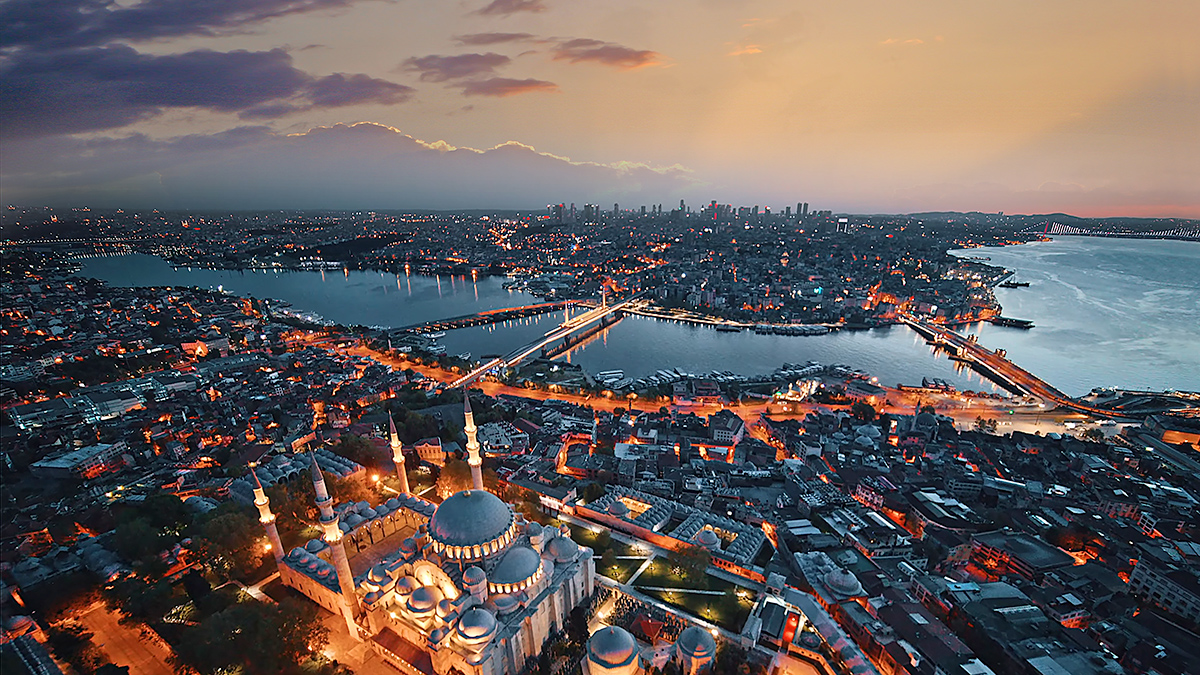Scientists document active seismic shear along a major lineament of Sikkim Himalaya diagonal to the Main Himalayan Thrusts.
faults
Caldera Collapse as a Natural Example of Rock Friction
Recurrent slips on the caldera wall of the Kīlauea Volcano are a natural experiment not only to understand the mechanics of caldera formation but also to gain more insights into fault friction.
¿El secreto para imitar fallas naturales? Plexiglás y teflón
Investigadores encontraron una manera eficaz para producir un comportamiento de fallas natural en el laboratorio.
How Tiny Cracks Lead to Large-Scale Faults
Researchers could soon gain new insights into fault development in Earth’s brittle crust, thanks to a computational approach that harnesses experimental observations of microscale rock damage.
Ancient Crustal Weaknesses Contribute to Modern Earthquakes in West Africa
Researchers dive into the mechanisms and stresses that trigger earthquakes along the passive margin and interior of the continent.
Repeated Coseismic Uplift Above the Patton Bay Splay Fault, Alaska
Stratigraphic and diatom analyses suggest ruptures of the Patton Bay splay fault occurred together with half of the documented great Alaskan megathrust earthquakes during the past 4,200 years.
Telecom Fibers Are Sensing Earthquake Hazards in Istanbul
A fiber-optic cable below Türkiye’s earthquake-prone metropolis is offering new details about how seismic waves will rattle the city—and demonstrating the potential of a bigger monitoring effort.
The Secret to Mimicking Natural Faults? Plexiglass and Teflon
Researchers found an effective way to produce natural fault behavior in the laboratory.
Fault Maturity or Orientation: Which Matters More for Quakes?
Close examination of a 2021 earthquake on the Tibetan Plateau provides hints that, counter to prior assumptions, the influence of fault orientation can sometimes trump that of maturity.
Earthquakes Can Trigger Megathrust Slip in Cascadia
A 2022 earthquake in Northern California may have triggered slow slip in the Cascadia Subduction Zone, according to a new study.










